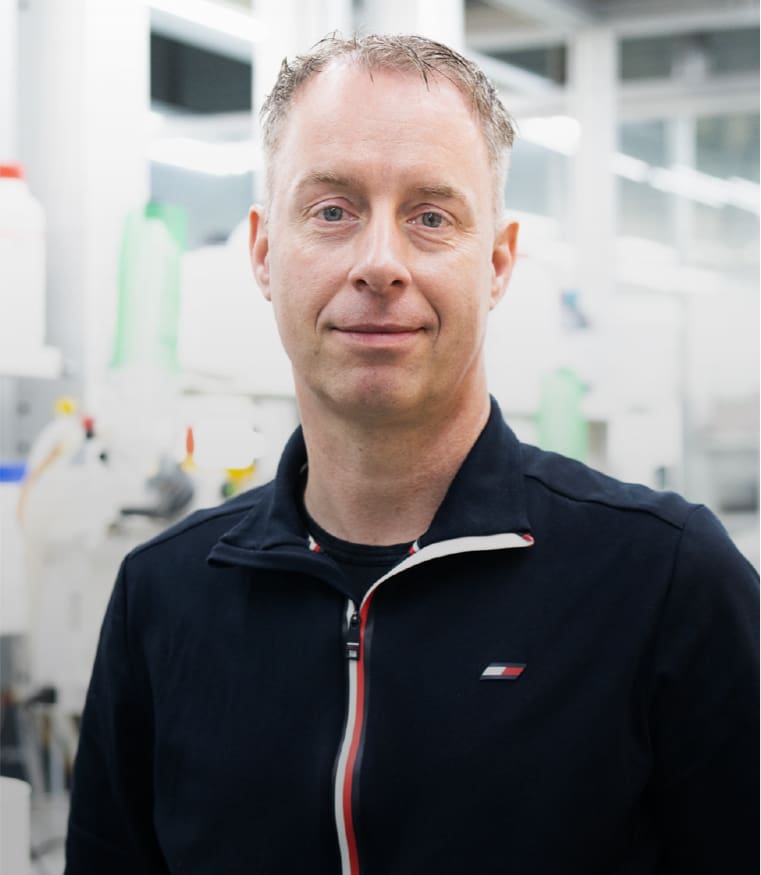Mechanistic Insights into the Carbon Dioxide-Cyclohexene Oxide Copolymerization reaction: Is one Metal Center enough?
A detailed study on the mechanism for the alternating copolymerization of cyclohexene oxide (CHO) and CO2 mediated by a [Al{amino-tri(phenolate)}]/NBu4I binary catalyst system has been carried out using density functional theory (DFT) based methods. Four potential mechanisms (one monometallic and three bimetallic) were considered for the first propagation cycle of the CHO/CO2 copolymerization. The obtained Gibbs free-energies provide a rational for the relative high activity of a non-covalent dimeric structure formed in situ and thus the feasibility of a bimetallic mechanism to obtain polycarbonates quantitatively. Gibbs free energies also indicate that the alternating copolymerization was favoured over the cyclic carbonate formation.

J. González-Fabra, F. Castro-Gómez, A. W. Kleij, C. Bo
ChemSusChem 2017, 10, 1233-1240
DOI:
10.1002/cssc.201601520

Let's create a brighter future
Join our team to work with renowned researchers, tackle groundbreaking
projects and contribute to meaningful scientific advancements



















